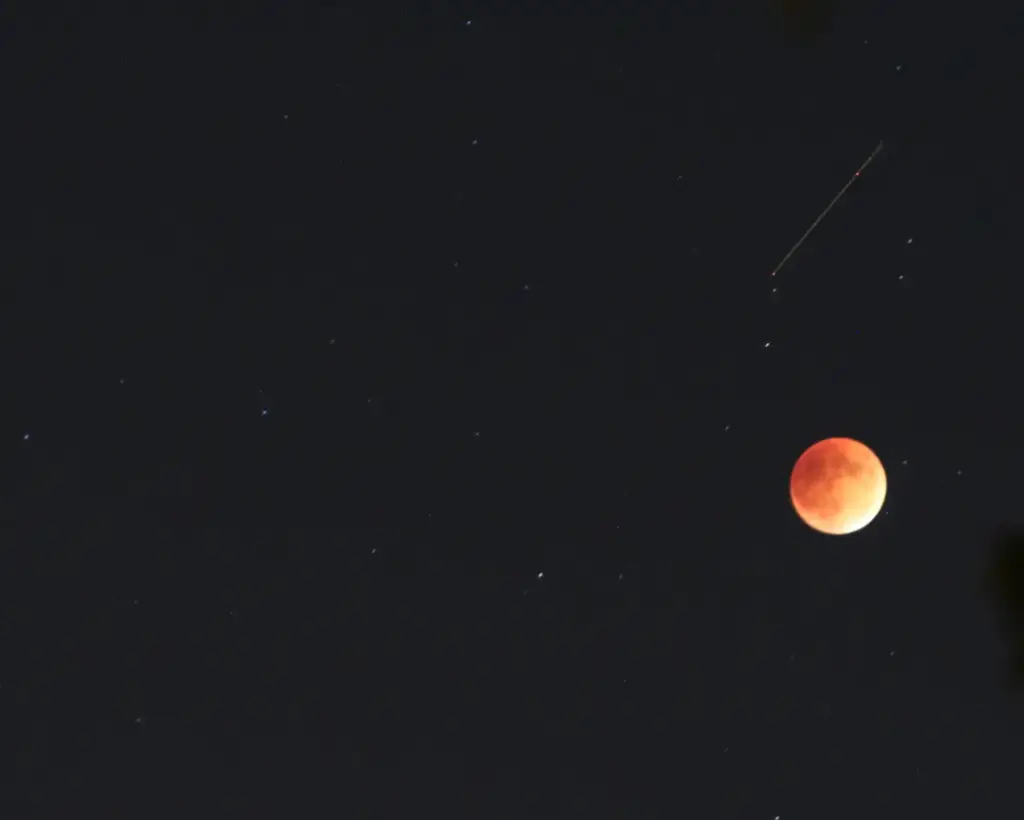Key Takeaways
- A meteor-like streak was observed during the supermoon total lunar eclipse on September 27th, captivating the attention of worldwide observers.
- Speculations arose about the nature of the streak, with possibilities including an unused satellite or deliberate event marking halftime.
- Clarifications debunked these speculations, ruling out an unused satellite or NASA involvement.
- The streak is likely a meteor, potentially captured in a half-second exposure, causing its distinct appearance.
- The mystery highlights the need for accurate data on locations and timings to definitively identify celestial phenomena.
During the extraordinary supermoon total lunar eclipse on September 27th, an intriguing celestial event unfolded as a meteor-like streak streaked across the sky, drawing the gaze of countless skywatchers. The phenomenon occurred at the peak of the eclipse, igniting speculation about its origins. Initial thoughts ventured into the realm of an abandoned satellite being jettisoned during this globally observed spectacle. The concept of NASA orchestrating a halftime spectacle also circulated. However, these notions were promptly discredited.
Detailed investigations offered insights into what the streak could and couldn’t be. It was conclusively ruled out that the streak was an abandoned satellite, as such reentries produce fireballs, not single streaks. Similarly, the idea of NASA strategically coordinating an event during the eclipse was deemed unlikely due to limited visibility from specific locations. The most plausible explanation emerged: the streak was potentially a meteor. The streak’s peculiar appearance, lacking the typical meteor head, could be attributed to the camera’s exposure settings.
The incident underscored the significance of accurate data in unraveling celestial mysteries. Expert opinions leaned towards the streak being a meteor with an unusual appearance due to photographic factors. The absence of satellite activity during that window, along with the streak’s dynamics, lent credence to this explanation. Ultimately, the phenomenon highlighted the challenges of capturing and interpreting transient celestial events, emphasizing the need for precise location and timing information to decode such captivating mysteries.
#1

[CafferyPhoto]
#2

A second go at a star trails image … with the moon this time at lunar eclipse very early this morning. Obviously the moon appears to move through the sky just as much as the stars … so, instead of sticking with a big glowing blob, I faded back the blended image and overlayed the first image frame on top. Credit: Michael Rathmann
#3

Copyright: © Julie Osborne

